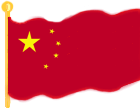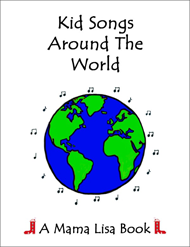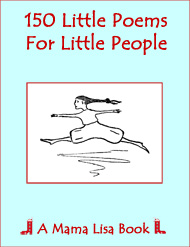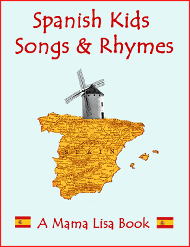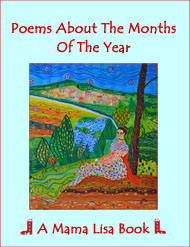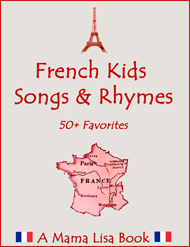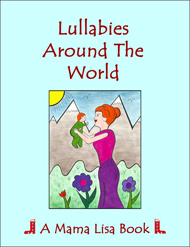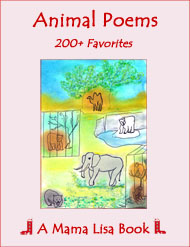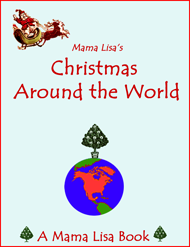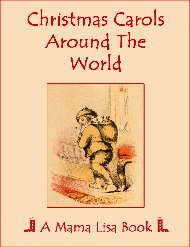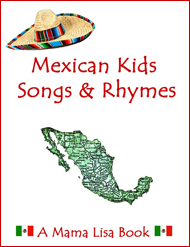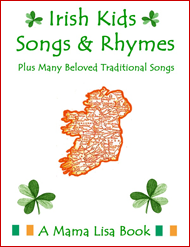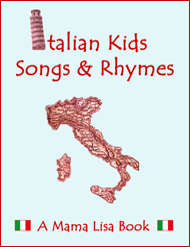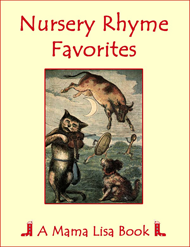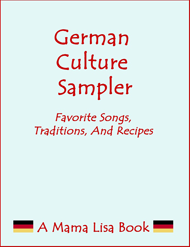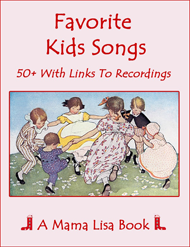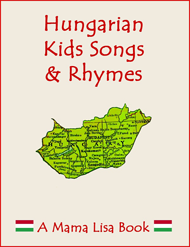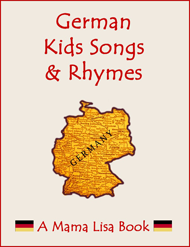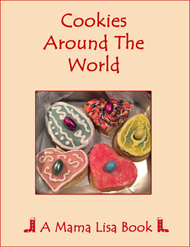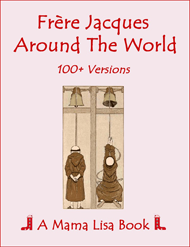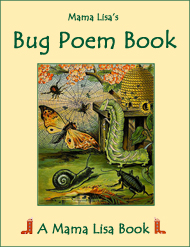妹妹背著洋娃娃
The Chinese text at the top of the page is the simplified Chinese text which is more commonly used in China. Below that you can find the traditional Chinese characters.
妹妹背著洋娃娃
Little Sister Carries Her Doll
Nursery Rhyme
Nursery Rhyme
(Chinese)
(English)
妹妹背著洋娃娃
走到花園來看花
娃娃哭了叫媽媽
树上小鸟笑哈哈
Little sister carries her foreign doll*
To the garden to see some flowers.
The doll cries for its mother.
A bird up in a tree laughs.
Notes
The Traditional Chinese Text in computer format (we apologize if it doesn't display properly on your screen):
妹妹背這洋娃娃,
走到花園來看花,
娃娃哭了叫媽媽,
樹上的小鳥笑哈哈
*****
*Ray Lee, who grew up in Hong Kong in the 70's wrote:
"An interesting observation is that in this rhyme (Sister carrying a foreign doll), the translation to English is a little too literal in the first sentence. The last three characters in the first sentence do mean "foreign doll". However, to most people in my generation, we only have experience with foreign dolls. So we don't think of them as foreign. I would have translated the first sentence simply as, "Sister is carrying a doll". The three-character phrase was probably invented shortly after western culture arrived in China, and people at that time saw to it that they distinguished between Chinese dolls and foreign dolls.
It's also interesting that the author of this rhyme seemed to have forced it a little bit in order to get the sentences to rhyme. I am referring to the last two sentences. Why would the bird laugh when the doll cries? That would make it a mean bird, wouldn't it?"
*****
Joyce wrote about the translation of the name of this song, "Younger Sister Carries A Doll (in 'correct' English grammar, we don't say 'little sister', we say 'younger sister'). I agree with Ray – it's not a 'foreign' doll, it's actually just a doll, we called all dolls like that, we didn't have any 'Chinese' dolls. (I am a person who moved back and forth between Taiwan and Canada 4 times, and proficient in both languages – I know that way back when I was younger, things were translated literally, and not meaningfully)."
*****
Transliteration
Mei4 mei bei1 zhe4 yang2 wa2 wa,
Zou3 dao4 hua1 yuan2 lai2 kan4 hua1,
Wa2 wa ku1 le jiao4 ma1 ma,
Shu4 shang4 de xiao3 niao3 xiao4 ha1 ha1.
James Yannucci gave us this key to the numbers in the transliteration:
"The numbers are the tones used for each word. The Chinese use 4 different tones.
1. Is a high level tone (almost like your singing the word)
2. Is a high rising tone
3. The tone starts at a neutral point then drops down low then returns.
4. Drops fast and abrupt
You can see a video of this song "Mei mei bei zhe yang wa wa" on Mama Lisa's World Blog.
*****
Spanish Translation
hermanita porta su muñeca extranjera
al jardin para mirar las flores
la muñeca llora a su madre
un pájaro en un arbol esta reiendo
Dutch Translation
zusje draagt haar buitenlandse pop
naar de tuin om bloemen te bekijken
de pop huilt om zijn mama
een vogel in de boom lacht.

Thanks!
Thanks and Acknowledgements
Many thanks to Anna-Marie for contributing the traditional and simplified Chinese versions, the transliteration of this song and for translating it into English, Dutch and Spanish.
Thanks also to James Yannucci for help with the Pinyin and to Ray Lee for his interesting commentary. Thanks to Joyce for commenting on the title of this song.
M goi! & Xie xie!


